By Eugene G. Bernardo II and David M. DiSegna
The Federal Reserve Board has expanded the number and type of governmental entities eligible to utilize the Municipal Liquidity Facility (MLF) that was established to help state and local governments manage cash flow pressures caused by the coronavirus. Under the revised eligibility requirements, all states will be allowed to have at least two cities or counties that are eligible to use the MLF, regardless of their population. Additionally, state governors may designate two governmental issuers of revenue bonds within their states to be eligible to use the MLF. Prior to this expansion of eligibility, only states, cities with populations exceeding 250,000, and counties with populations exceeding 500,000 were eligible.
The MLF was established under Section 13(3) of the Federal Reserve Act, with approval of the Treasury Secretary. It will offer up to $500 billion in short-term financing to eligible entities to provide liquidity in response to the coronavirus pandemic.
Under the MLF, the Federal Reserve Bank of New York will lend money to a special purpose vehicle (Municipal Liquidity Facility LLC) on a recourse basis. The special purpose vehicle will purchase eligible notes directly from the eligible governmental issuers until December 31, 2020. The Federal Reserve Bank of New York will be secured by all the assets of the special purpose vehicle, which is initially being funded with monies appropriated to the Exchange Stabilization Fund under Section 4027 of the Coronavirus Aid, Relief, and Economic Security (CARES) Act.
Eligible notes under the MLF include tax anticipation notes (TANs), tax and revenue anticipation notes (TRANs), bond anticipation notes (BANs), revenue anticipation notes (RANs), and other similar short-term notes issued by eligible governmental entities. Such notes can mature no later than 36 months from the date of issuance.
Proceeds of the notes may be used by eligible issuers to manage cash flow shortfalls caused by (i) income tax deferrals resulting from extensions of income tax filing deadlines, (ii) deferrals or reductions of tax and other revenues, or (iii) increases in expenses related to or resulting from the coronavirus pandemic. Issuers must maintain certain minimum ratings from nationally recognized statistical rating organizations in order to remain eligible.
Under the new eligibility rules, governors of states with less than two cities or counties meeting the prior minimum population thresholds may designate up to two municipal issuers that will be eligible to use the MLF. A governor who may designate only one additional city or county may choose either (i) the most populous city in his or her state that has less than 250,000 residents or (ii) the most populous county in his or her state that has less than 500,000 residents. A governor who may designate two cities or counties may choose any of the following combinations: (i) the most populous city and most populous county; (ii) the most populous city and second-most populous city; or (iii) the most populous county and second-most populous county. This expanded eligibility will provide greater access to the MLF in states without large cities or counties.
Please contact Eugene G. Bernardo II or David M. DiSegna at Partridge Snow & Hahn LLP if you have questions about the Municipal Liquidity Facility.


